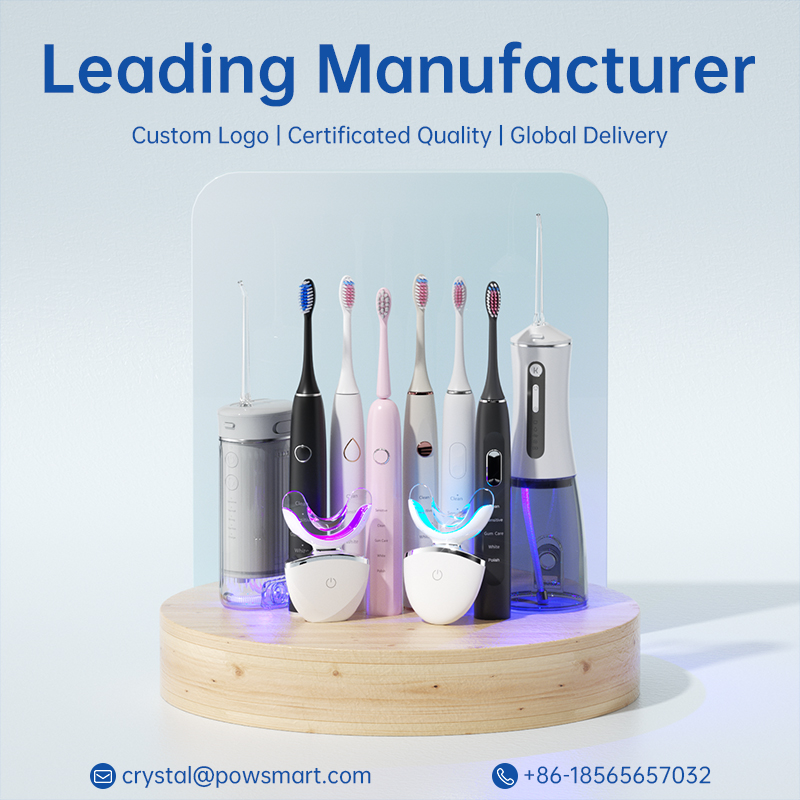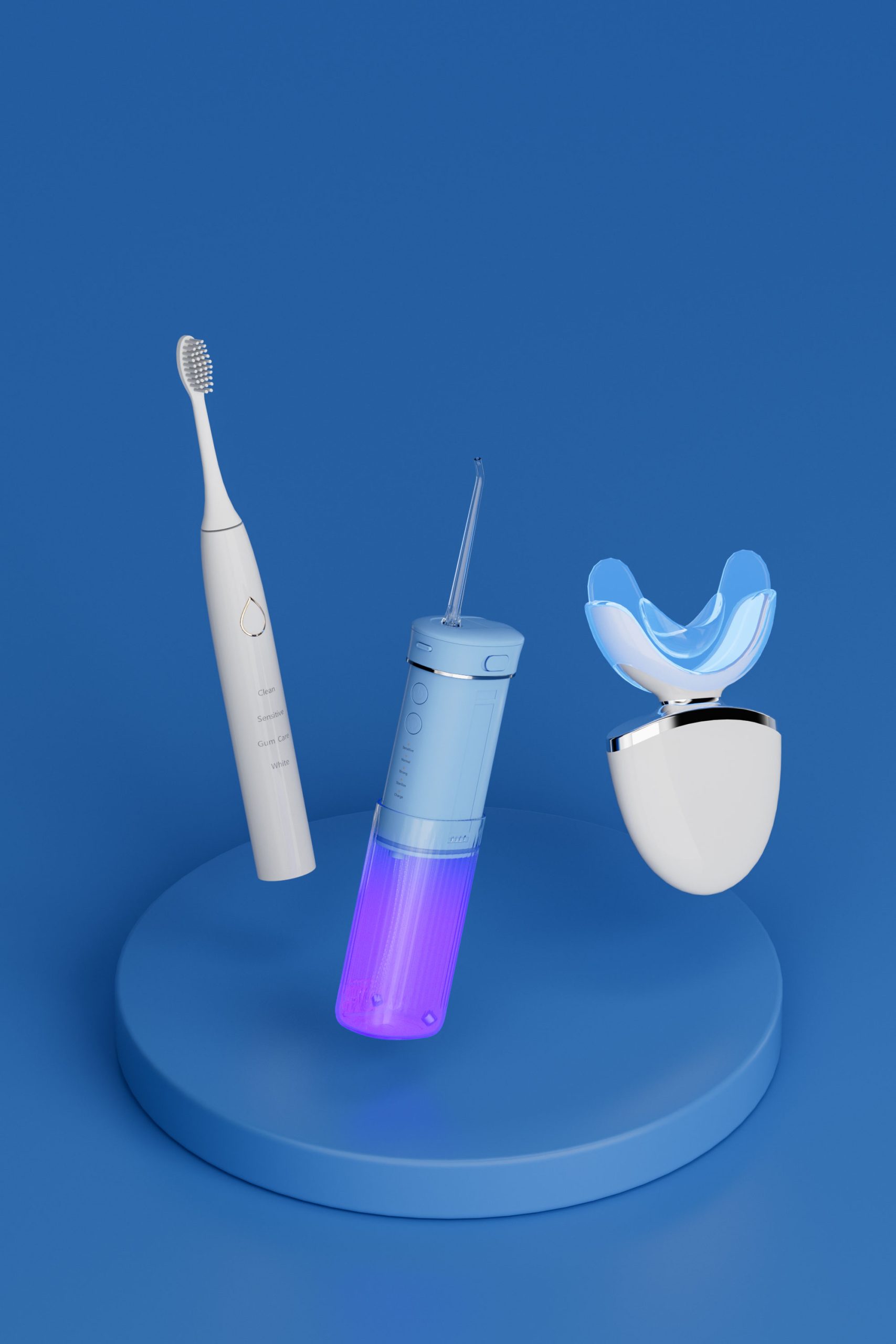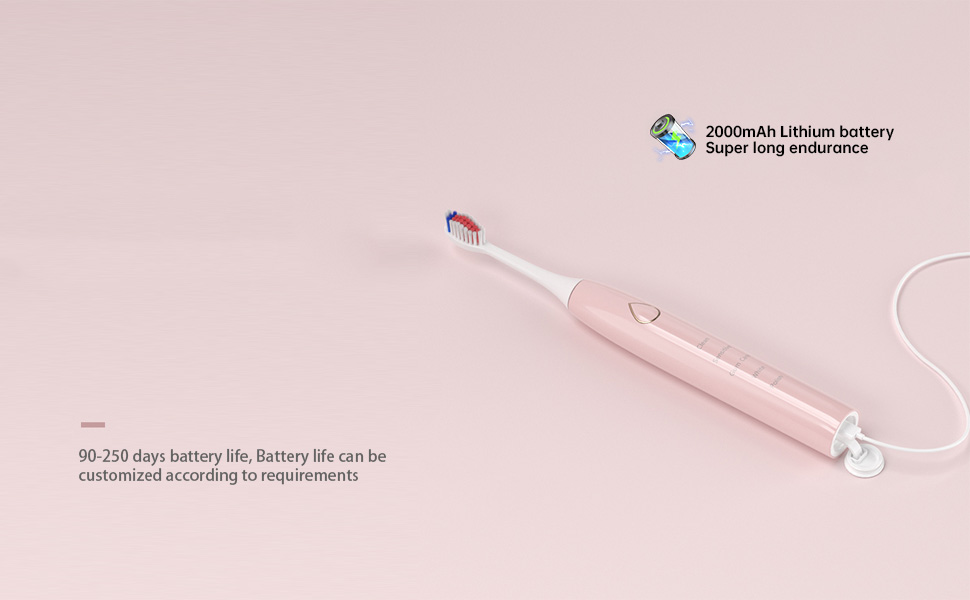The electric toothbrush industry has seen significant growth in recent years, with innovations in technology and design continually shaping the market. However, one often overlooked aspect that plays a crucial role in the final product’s quality and compliance is the electric toothbrush labeling process. Proper labeling not only ensures compliance with regulatory standards but also improves brand visibility and consumer trust. In this blog, we’ll provide a comprehensive analysis of the complete cycle of electric toothbrush labeling, exploring each stage of the production process from design to shipment.

During the product’s initial design phase, manufacturers need to decide on the specific labels that will appear on the packaging and the product itself. These decisions are crucial for ensuring that the complete cycle of electric toothbrush labeling aligns with both regulatory requirements and marketing strategies.
At this stage, the focus is on design aesthetics, as well as key regulatory elements such as:
The design should reflect the company’s brand image while also providing clear, concise, and easy-to-read information for the end consumer.
Once the label design is conceptualized, it must undergo a rigorous approval process to ensure it meets various regulatory standards. Different regions may have varying requirements for electric toothbrush labeling, such as language preferences, compliance symbols, and even specific guidelines for health and safety warnings.
Manufacturers typically work with legal teams or compliance experts to confirm that the labels meet the following criteria:
This step is crucial in ensuring that the production process from design to shipment is not delayed due to non-compliance with legal or market-specific requirements.
With the label design approved, the next phase involves the actual production of the labels. This step is critical as it determines the durability and clarity of the labeling on the final product. The choice of materials for the label and printing methods directly affects its performance in various conditions, such as moisture, temperature, and wear over time.
Key factors to consider in label production include:
At this stage, ensuring the quality of labels is essential to avoid any damage or issues during the later stages of the production process from design to shipment.
The next step is applying them to the actual electric toothbrush units. This part of the process is to improve efficiency and reduce production time.
Automated labeling machines help apply labels to the toothbrushes with high precision. The integration of the electric toothbrush labeling process into the assembly line also helps streamline the overall workflow and ensures consistency in labeling placement and quality. For some manufacturers, this stage may involve multiple quality checks to verify that labels are correctly positioned, legible, and free from defects.
Moreover, this phase also includes the packaging of the product with the correct labels for retail distribution, ensuring that the entire complete cycle of electric toothbrush labeling.
Before the shipment of electric toothbrushes, they undergo a final quality control (QC) inspection. The QC process ensures that both the toothbrush units and their labels meet the required standards in terms of appearance, functionality, and compliance.
Key elements inspected during this stage include:
This stage is critical to prevent any potential issues that could arise from incorrect labeling, which could lead to customer dissatisfaction or legal problems.
The final step in the production process from design to shipment is the actual delivery of the labeled electric toothbrushes to retailers, distributors, or customers. At this stage, the focus shifts to logistics, ensuring that the shipment of products are efficient and safe.
This phase often involves:
As with every other stage of the electric toothbrush labeling process, ensuring that the right labels are attached and visible on the outer packaging is essential for smooth delivery and customer satisfaction.
In conclusion, the complete cycle of electric toothbrush labeling is a detailed and multifaceted process that spans from the initial design phase to the final shipment. Every stage, from conceptualization to application and inspection, plays a vital role in ensuring the product is market-ready and compliant with relevant regulations. By carefully managing each step of the production process from design to shipment, manufacturers can ensure that their products are not only functional but also safe and well-presented for consumers.
By following these steps and focusing on quality at each phase, manufacturers can build trust with their customers and set themselves up for success in the competitive electric toothbrush market.
.jpg)
Senior-Friendly Oral Care: Design & Sourcing Considerations for Aging Adults
.jpg)
Need a Portable Water Flosser ODM that Incorporates Leak-proof Flosser Technology?

Can an Electric Toothbrush with App Connectivity Improve Brushing in Boston?

Why is an Alaska travel toothbrush designed as an Alaska rugged toothbrush?

Voice & Music Electric Toothbrushes: Sizing the Niche Market for Innovative OEM Brand

How Can oral care Brand Owners Enhance brand influenceThrough Product Expansion Strategies?
Adapter Overheating with Sinus Discomfort – Related?

A Few Things You Need to Know Before and After Teeth Whitening

Discuss the Working Characteristics and Development Trends of Smart Electric Toothbrush Solutions
Whitening Gel Leakage Leads to Teeth Yellowing? Experts Issue Warning!
Split Bristles Linked to Enamel Cracks? 90% of Users Ignore This Danger!
.jpg)
Essential points to entering oral care market in Southeast Asia

Wholesale Electric Toothbrush Suppliers in San Antonio

Can the Water Flosser Work if It’s Moldy and Smelly?

Some Common Charging Problems of Electric Toothbrushes and Solutions from the Electric Toothbrush Factory
Seattle Electric Toothbrush Demo Store

electric toothbrush heads Regular Clean

electric toothbrush heads Ultra Soft

electric toothbrush heads Deep Clean

Electric toothbrush heads Charcoal Infused-Diamond

electric toothbrush heads Charcoal Infuse-Round

Customization Teeth Whitening Gel
.jpg)
Florida Electric Toothbrush – Powsmart PTR-C8

Private Label Whitening Gel
whstapp
whstapp
National Toll-Free Service Hotline
+86 755 86238638